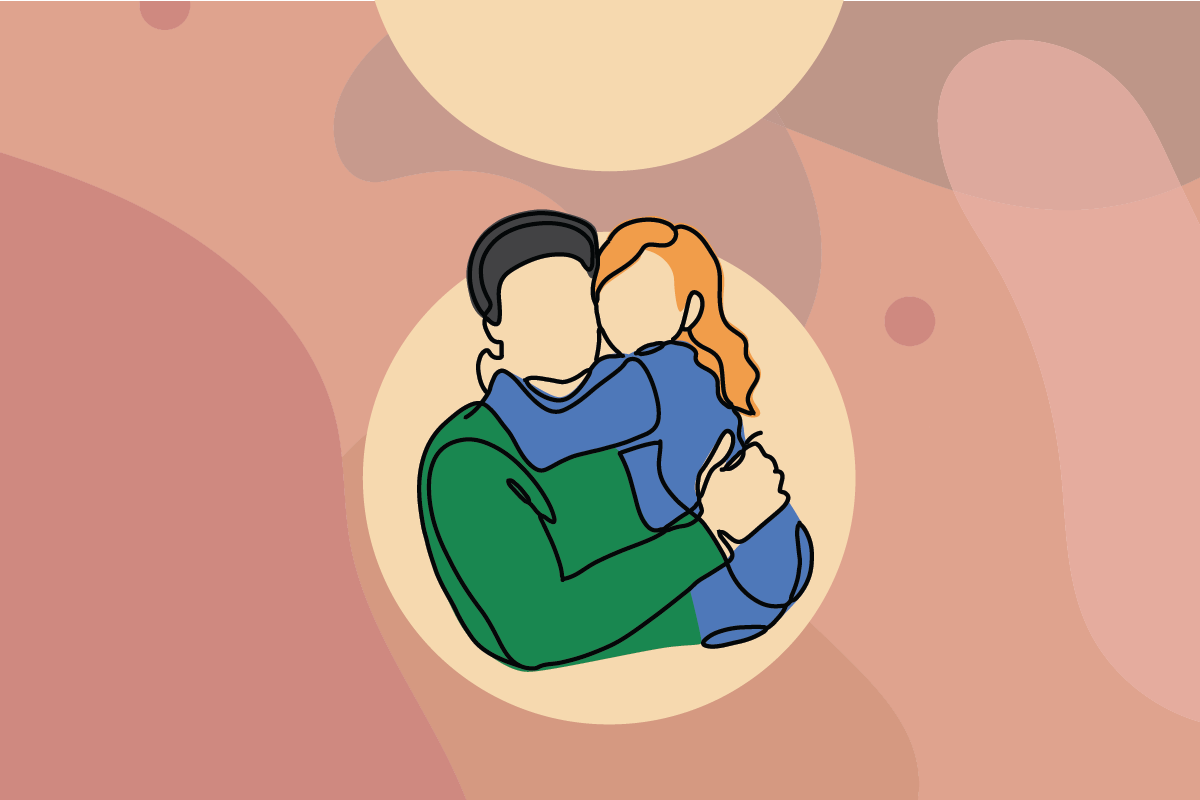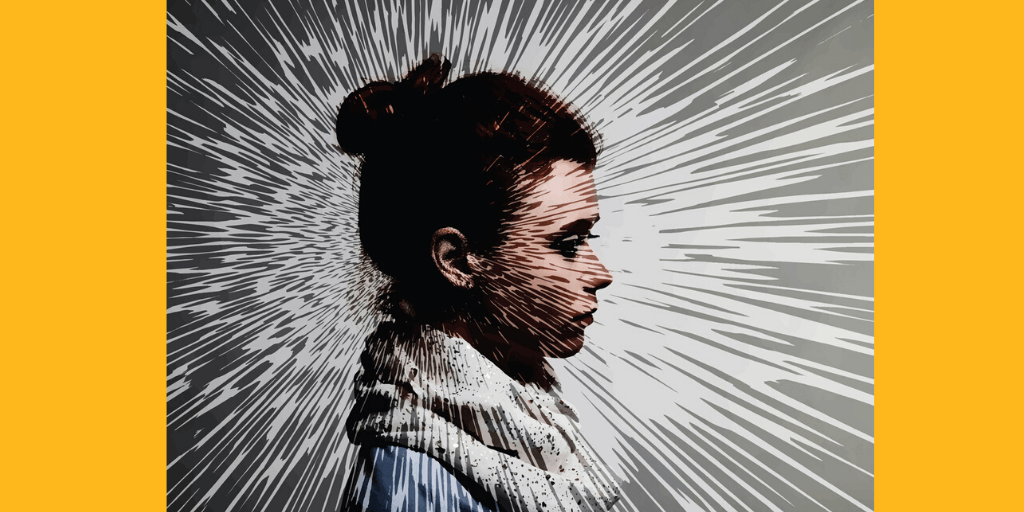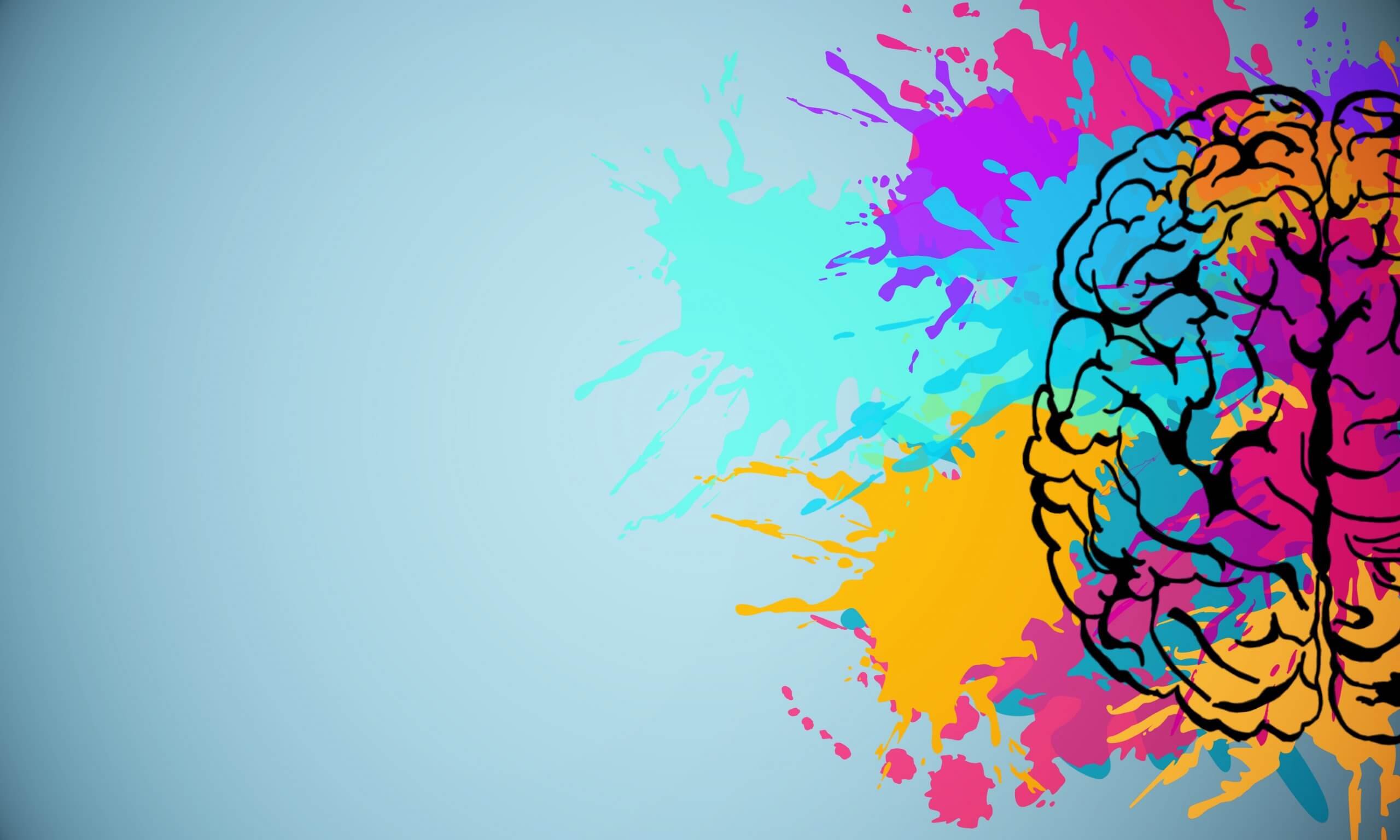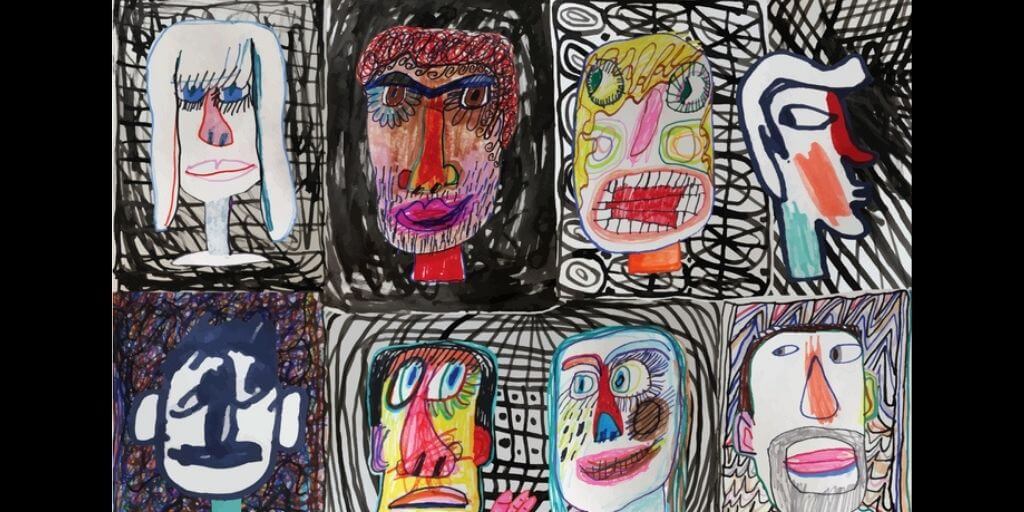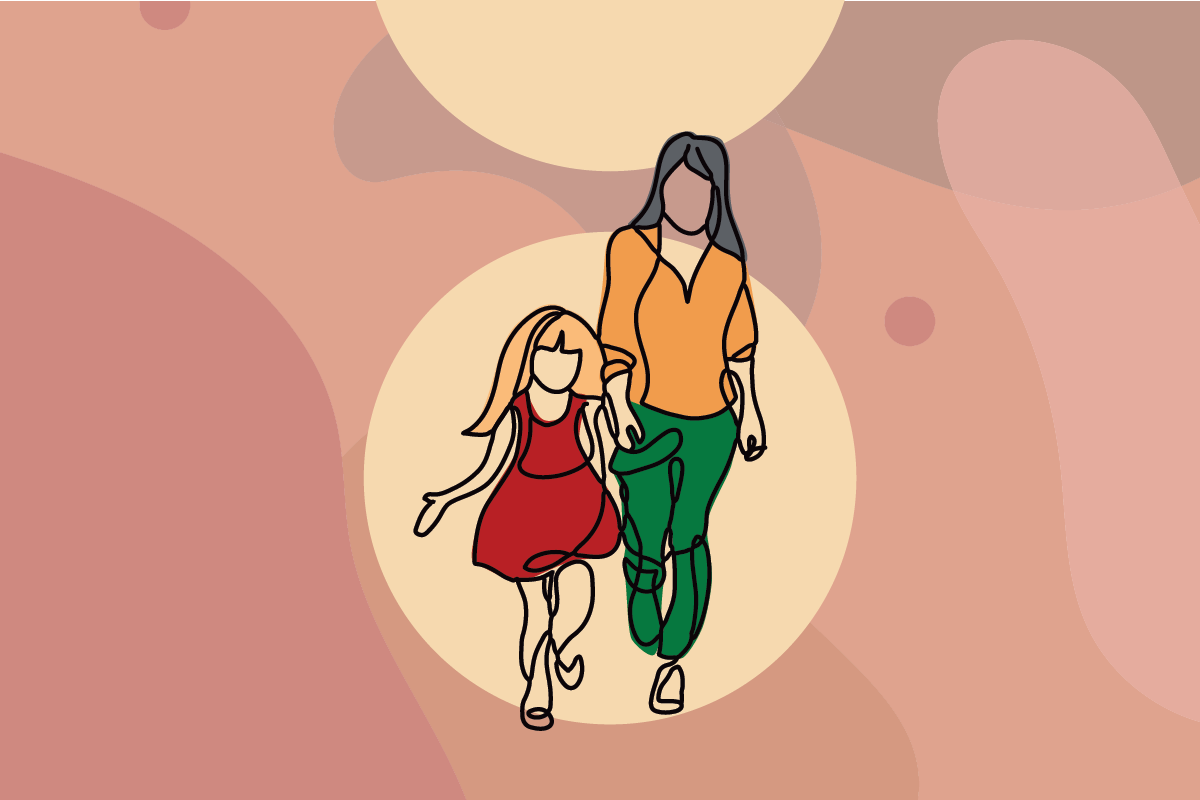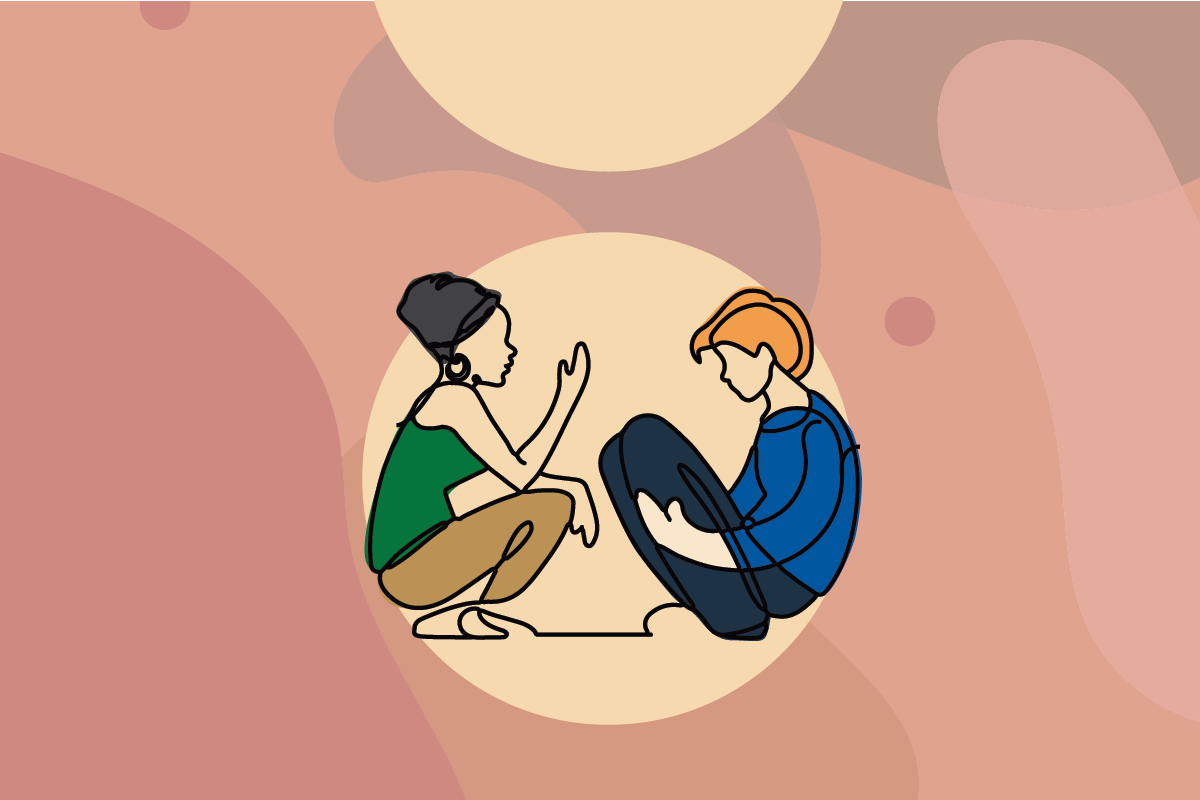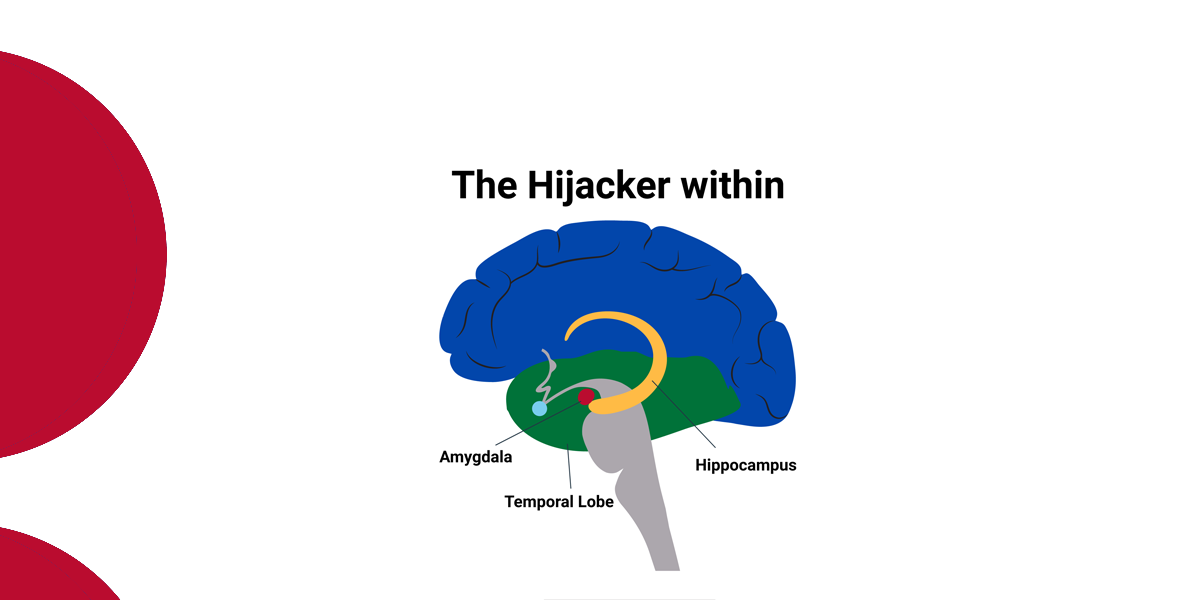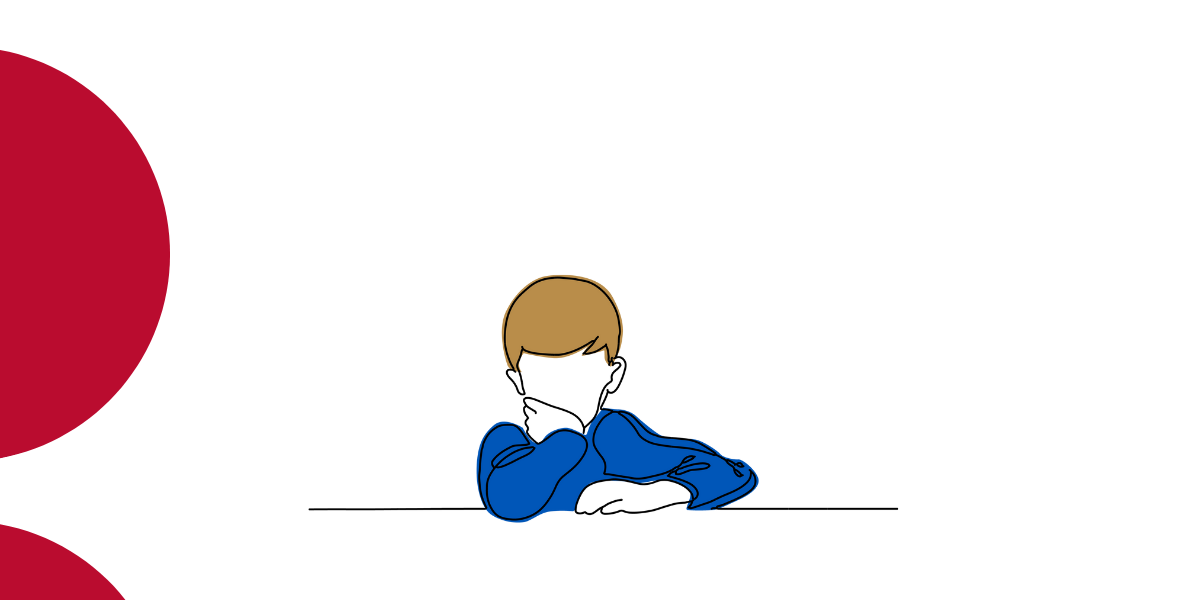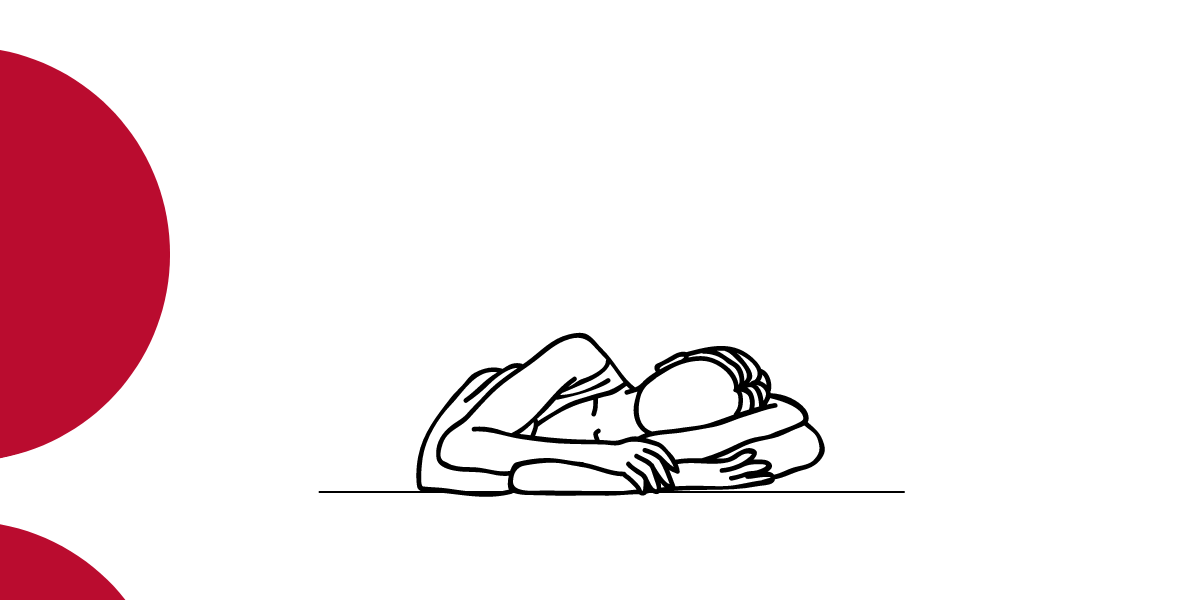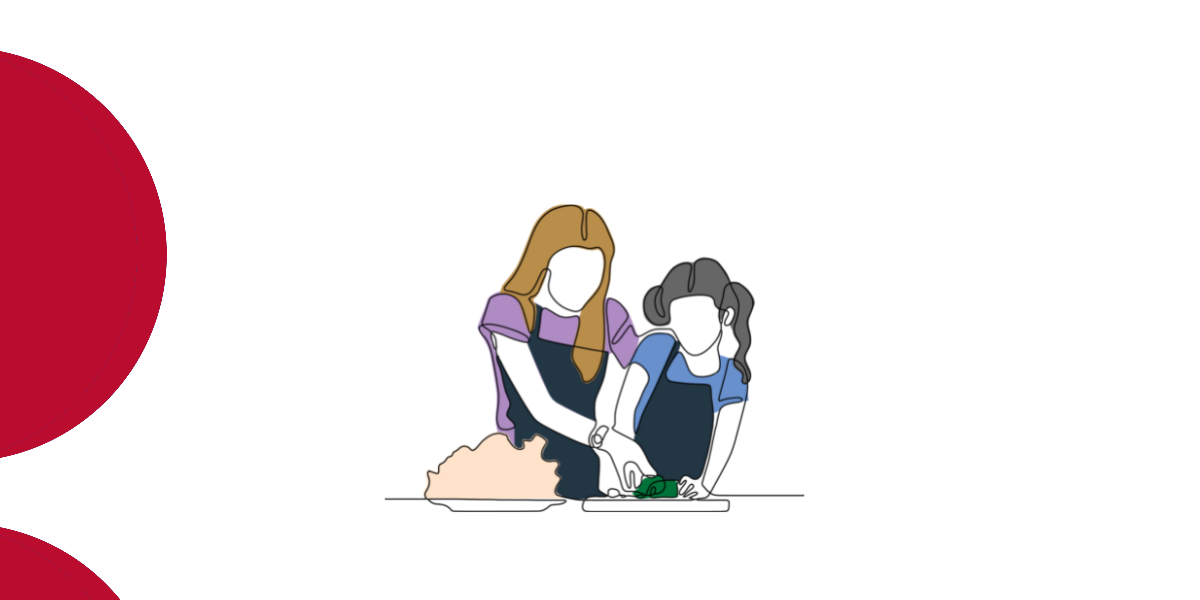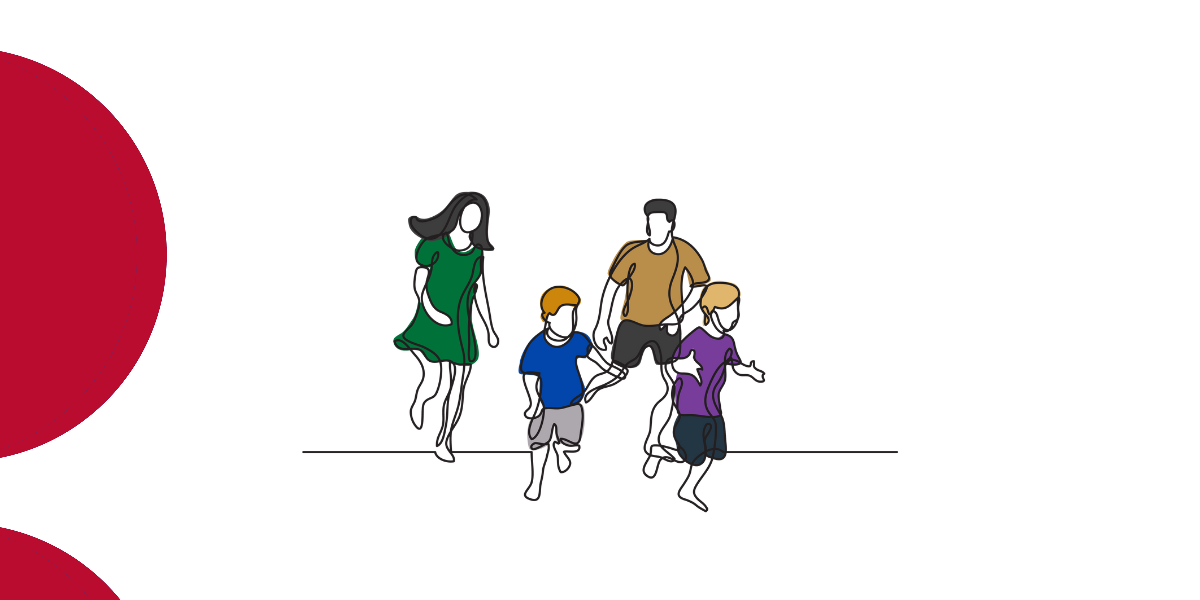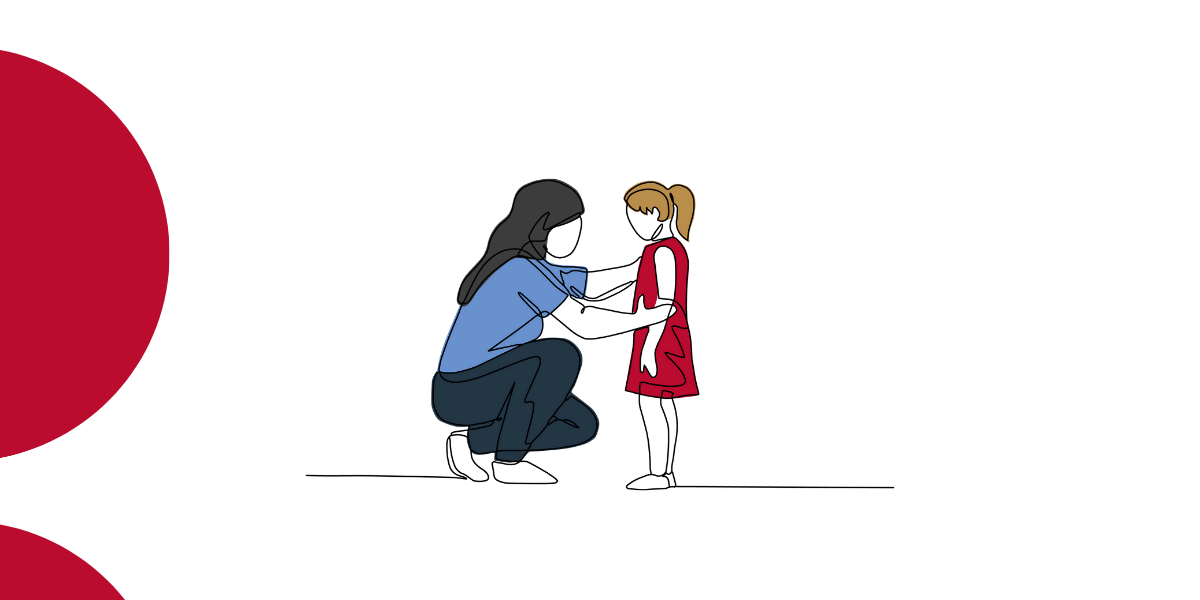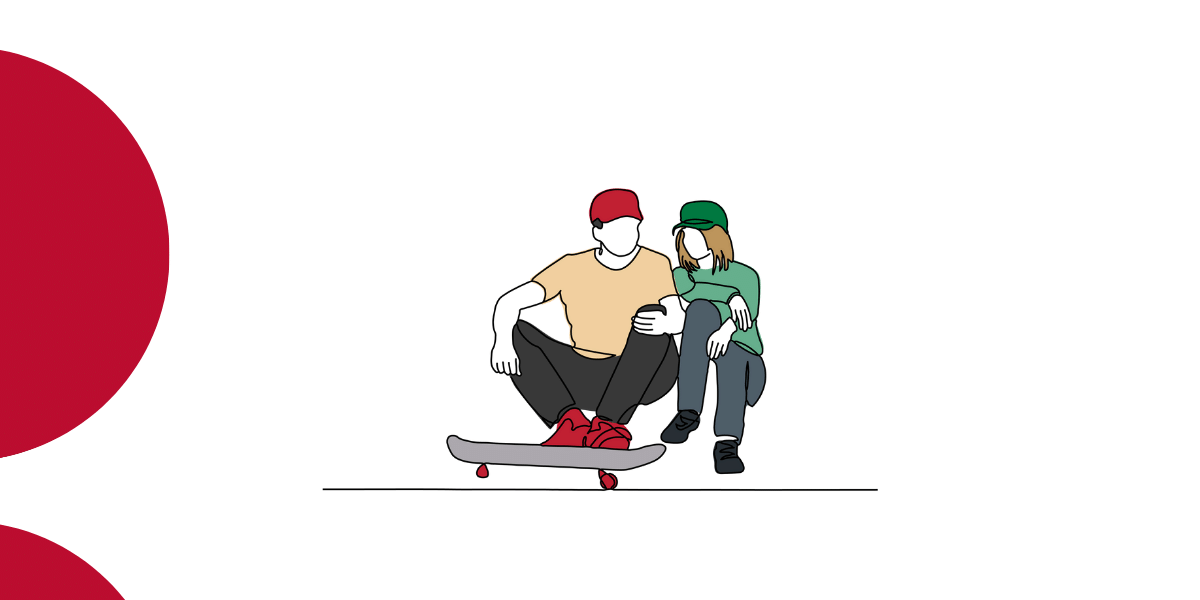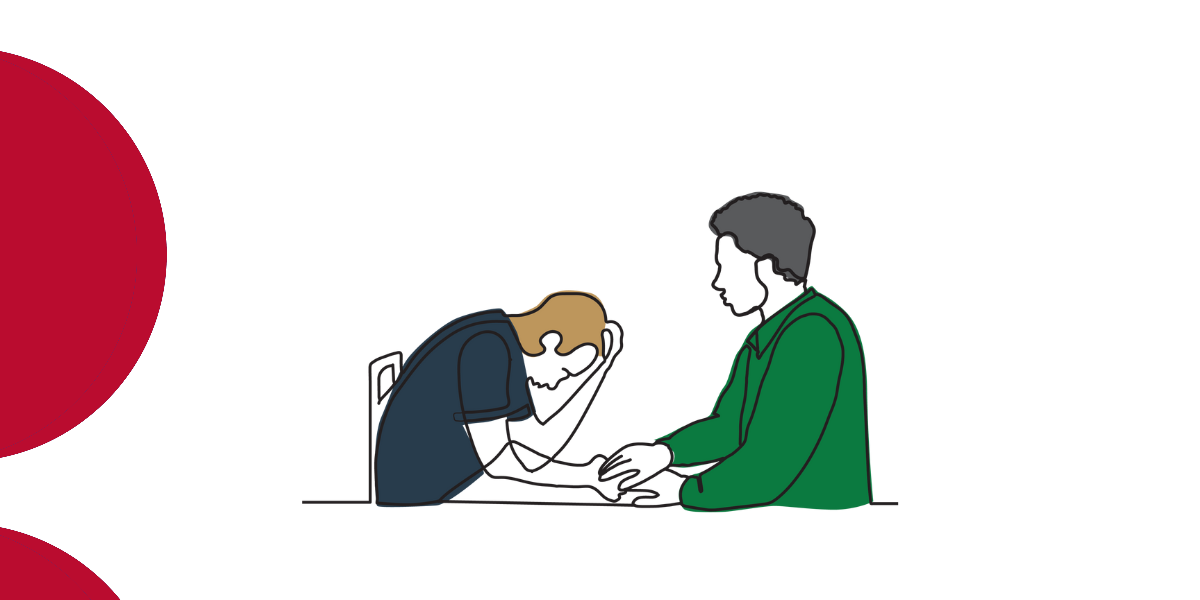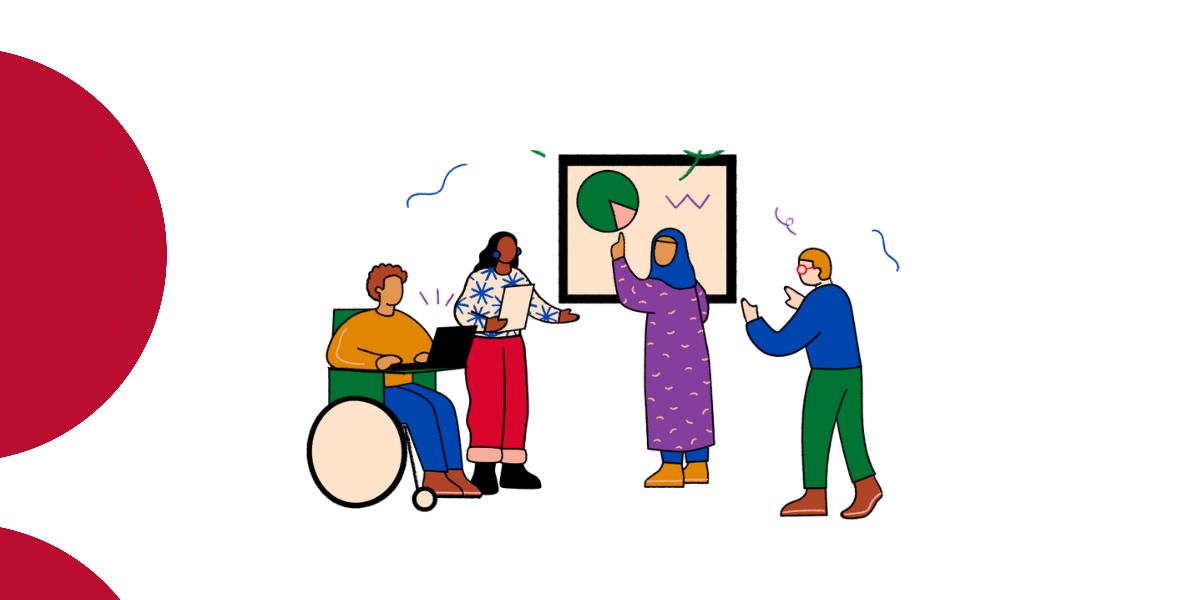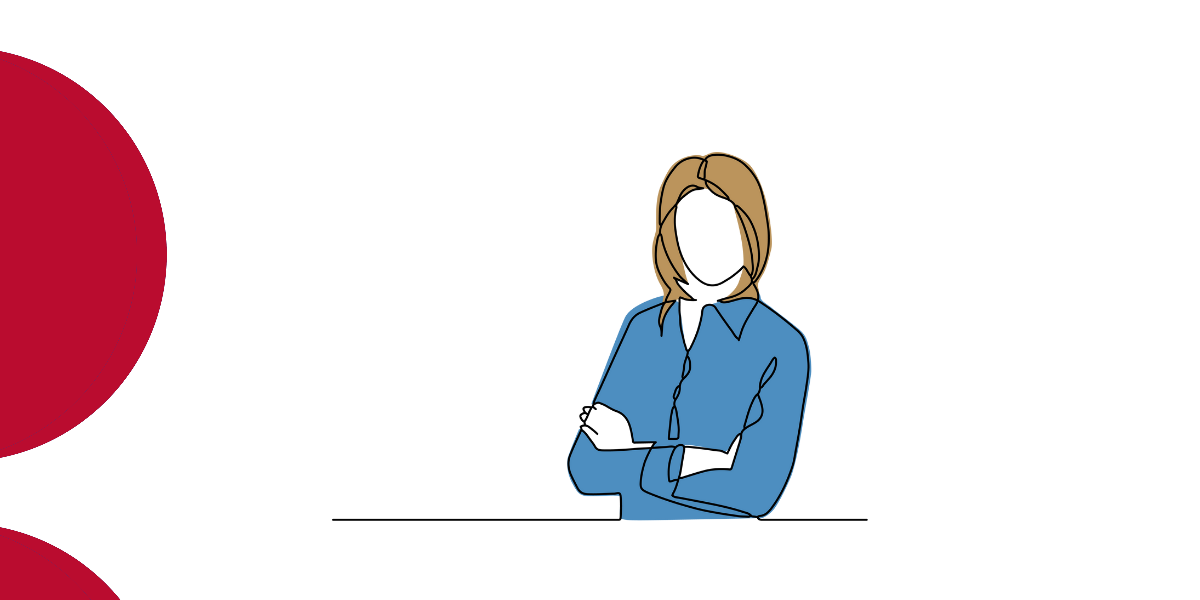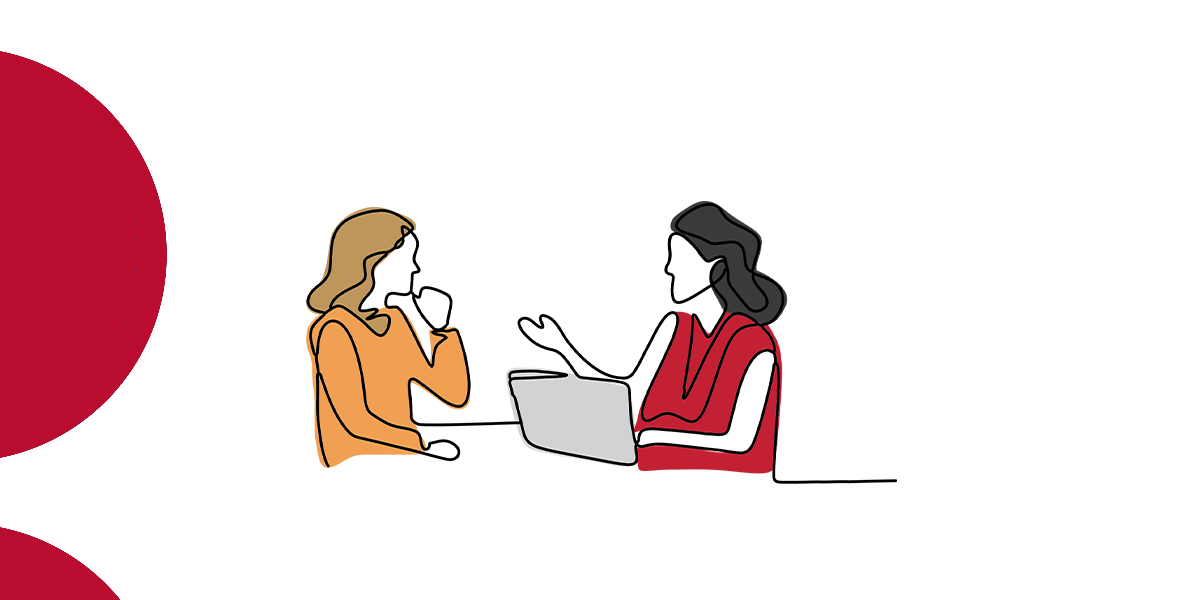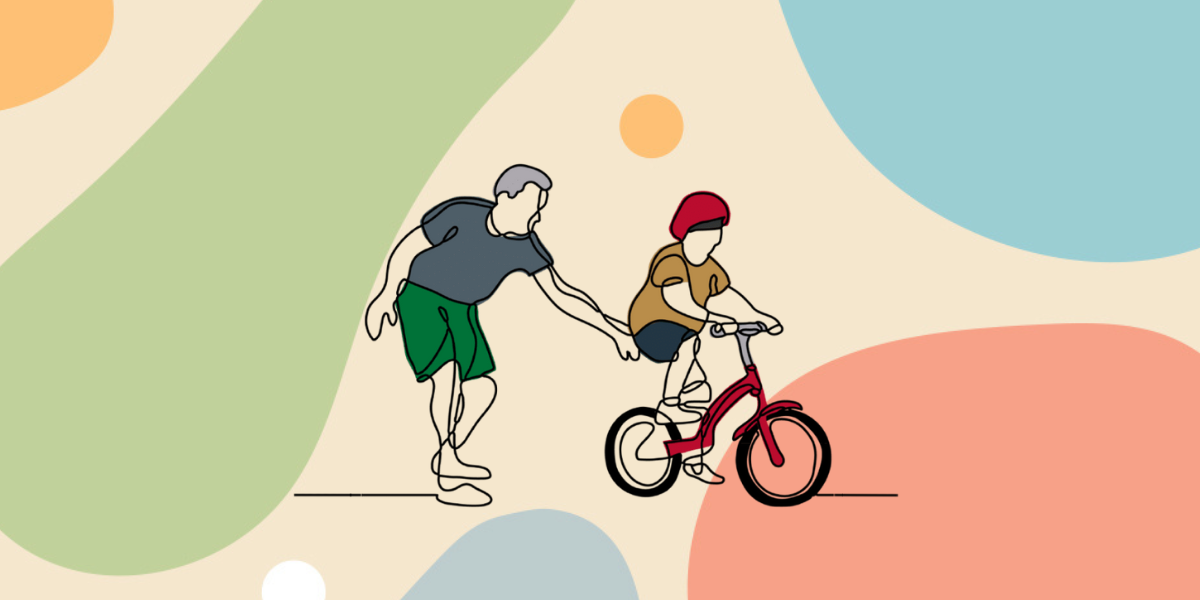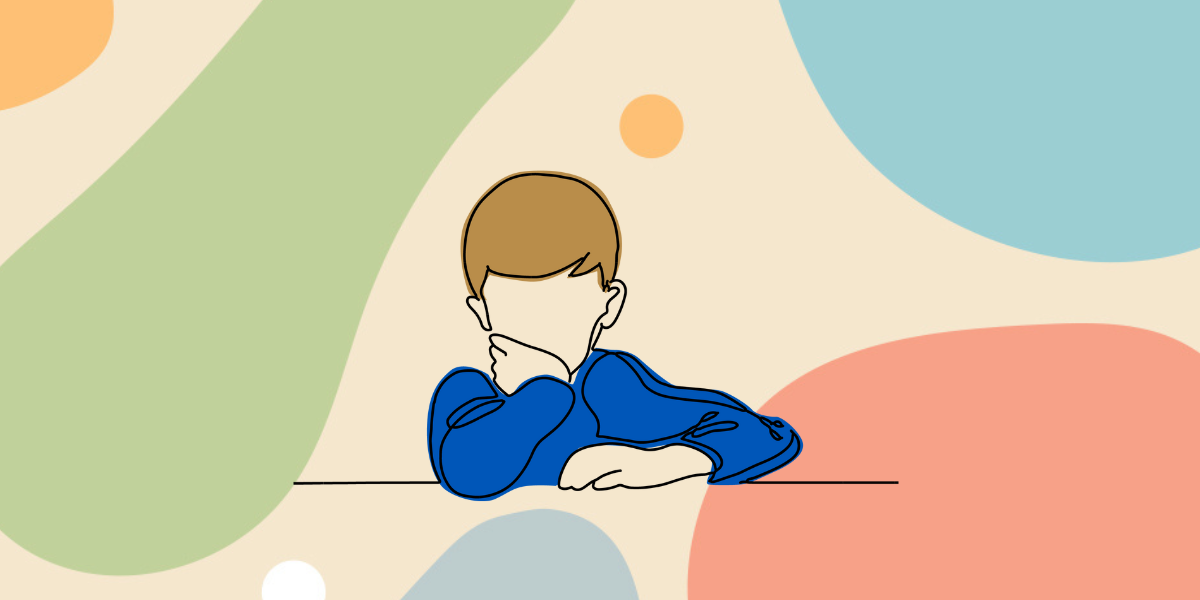Book review: What happened to you? Conversations on trauma, resilience and recovery by Dr Perry and Oprah Winfrey
Apr 2022
Written by Noel Macnamara
Dr Perry and Oprah Winfrey recently released What Happened to You? Conversations on Trauma, Resilience and Recovery. The book tells the story of how adverse childhood experiences cause deep emotional scars, impact brain development, our personalities, and our behaviours, and are a powerful predictor of our risk for physical and mental health problems later in life. It also offers scientific insights into the patterns of behaviours that we struggle to understand. This is a story that we are very familiar with as carers and professionals supporting children and young people in out-of-home care, and the book has several powerful takeaways for our work. As Dr Perry says:
Trauma permeates all aspects of life: it echoes through the generations, across families, communities, institutions, cultures, and societies, and it does so in very complex ways.
Oprah has joined forces with Dr Perry to marry the power of storytelling with the science and clinical experience to understand better and overcome the effects of trauma and adverse childhood events.
The book is set out as a conversation, and through wide-ranging and often deeply personal talk, Dr Perry and Oprah Winfrey explore what happens to us in early childhood, where Oprah endeavours to understand Dr Perry’s philosophy as well as share her own experiences and turning points. The book focuses on what happens to children early in life-good and bad—influences who they become.
Dr Perry and Oprah’s conversations are rooted in 30 years of discussions concerning childhood trauma, including Oprah’s memories of her childhood. As a victim of an abusive grandmother, Oprah shares her experiences from the age of three and, later, the sexual abuse inflicted upon her by other family members and friends. Oprah reveals vulnerabilities that are deeply sad. Among her most personal revelations were her grandmother’s intense beatings and her mother’s ongoing abandonment. She recalled standing with her mother at the age of six and feeling crushed by her mother’s agreement with her landlady to let “that dark-skinned-nappy-headed child” sleep outside on the porch on Oprah’s first night in Milwaukee. That she knows the truth then—that she is alone—so many of the children and young people we work with in the out-of-home care system have the same experience of being isolated and powerless and responsible for their own safety in a world full of danger.
To survive, Oprah becomes a pleaser and this got so deeply ingrained in her mind that it defined her relationships for the next 40 years of her life. Dr Perry provides insights from his knowledge in neuroscience on how PTSD and childhood trauma affect an individual’s brain and mental and physical health.
This is not a self-help book. It is a discussion about the need for a significant shift in mental health and, more broadly, the human service sector, and in general, to move away from the current focus of, “What’s wrong with you?” to “What happened to you?”
As Oprah points out:
“When you look at schools, health-care systems, the criminal justice system — really everywhere you look — there are people impacted by trauma who are still misunderstood, and sometimes retraumatised, by the very systems that should be helping them.”
I think we can add the out-of-home care system to her list.
Dr Perry and Oprah challenge the reader to shift from focusing on ‘What’s wrong with you?’ or ‘Why are you behaving that way?’ to asking ‘What happened to you?’. This profound change in perspective opens up a new and hopeful understanding of why children and young people do the things they do, and why they are the way they are, providing a potential road map for repairing relationships, overcoming what seems impossible, and ultimately living better and more fulfilling lives.
Dr Perry’s stories illustrate beautifully how we are wired for love—or not—and that how we are wired is projected onto the world. That he has figured out ways to help people heal and that this takes years of healing work, is hopeful, daunting, and instructive. Giving us all the most important message: don’t write off children or young people who have suffered abuse.
While What happened to you? offers deep insight into the benefits of stopping to ask what happened in the child’s past to better understand why they are who they are, as well as some of the behaviours that can result from the impact of trauma, abuse, violence and neglect, there isn’t a clear insight into the tools for healing.
This is because there is no one-size-fits-all solution. We must continually be aware that each case of trauma is different and somewhat unique in each child or young person. Each may require a different level and type of support. For example, even within one family with one set of parents, three children may respond differently to the similar neglect or abuse from those shared parents. Standard textbook approaches often may not work. Similarly, timing of each approach is crucial. A particular intervention at the wrong time may result in a damaging effect rather than the intended healing if the traumatised child or young person is not ready.
My takeaways for out-of-home care
The real question: What happened to you?
What Dr Perry and Oprah make clear is the real question should be: “What happened to you?” What brought this child or young person to this point?
This really shifts us from being focused on the problem in the moment (the behaviour) to understanding the pathway to the problem — because that’s where the solutions really reside.
This profound change in perspective opens up a new and hopeful understanding of why children and young people do the things they do, and why they are the way they are, providing a potential road map for repairing relationships, overcoming what seems insurmountable, and ultimately helping them live better and more fulfilling lives.
If we understand how something got to this point, we are far less likely to be punitive in our responses and have a better chance of unravelling it and helping children and people.
Dr Perry debunks the idea that children are resilient. He points out that children are not resilient; they are malleable. In the process of “getting over it,” elements of their true emotional, behavioural, cognitive, and social potential are diminished. Some percentage of capacity is lost, a piece of the child is lost forever. Nobody, including children experience trauma and walks away unchanged. We are forced to change, adapt, and move forward, but nobody remains unchanged.
Learn more about the brain
Another takeaway from the book is that carers, parents, educators and even managers can do is to learn more about the brain. Understanding how the fundamentals of how our brain works under stress. This will improve how you care for, teach, or manage others. Becoming more science literate about the brain and the stress response will provide the foundation to understand how trauma impacts individuals. As Perry says:
“Over the years, I have found that seemingly senseless behaviour makes sense once you look at what is behind it. And since the brain is the part of us that allows us to think, feel and act, whenever I am trying to understand someone, I wonder about the person’s brain. Why did they do that? What would make them act that way? Something happened that how their brain works” (Perry & Winfrey, 2021. P. 22)
The power of connection
Another critical point is that connectedness has the power to counterbalance adversity. Every single part of the brain and all the rest of your body are influenced by relational interactions. Good relationships are the key to healing.
We have much to re-learn from indigenous people and our ancestors about the benefits of community. Many of us have lost these benefits: a community where many generations live closely together, without the distractions of modern technology or the toxic issues of segregation. As Dr Perry explains, “Our ancestors recognized the importance of connectedness and the toxicity of exclusion.”
Be present
Finally, and perhaps the main takeaway from the book, is that we all should be genuinely present with all the people (clients, family & friends) in our lives. A deeper human connection comes from operating that way in your world.
I urge you to borrow, buy, listen, or read this book and discuss it in your teams and workplaces. Use the book to reflect on the work you are doing with children and young people. Ask yourself how often do you slip into thinking/asking, “what is wrong with them?”
If you want to watch an in-depth interview with Dr Perry and Oprah, go to: “What Happened to You?” A Conversation with Dr. Bruce Perry and Oprah Winfrey”


